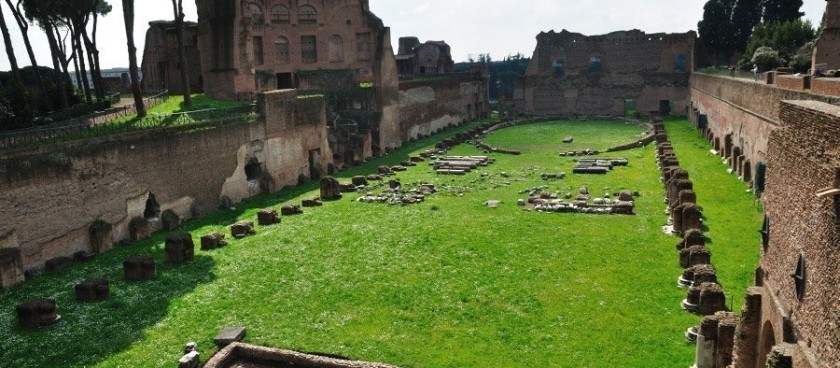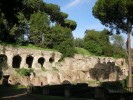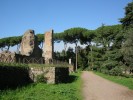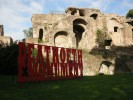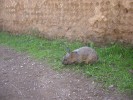- #IT03
- Piazza Santa Maria Nova, 53, 00186 Rome, Italy
- Working hours*:
Every day: 8:30 – 19:00 - Prices*:
Combined ticket to visit the Colosseum, the Roman Forum and the Palatine:
Adults: 12€
European Union members (18 – 24) - 7,50€
Children (ages less than 17) and seniors (over 65) members of the EU: free entrance - * - opening and closing times as well as entrance prices, are subject to alterations without notice. Visitors are advised to check before visiting.
- 41.8894120, 12.4874670 Copy to clipboard Copy
-
#History , #Museums
During the Republican Period Roman citizens belonging to the upper class settled in the Palatine Hill and built sumptuous palaces, of which important traces are still preserved.
According to the legend
Roman mythology talks of the cave that was inhabited by Luperca, the she-wolf that took care of Romulus and Remus, which is located in the Palatine Hill. According to the legend, when the brothers grew up they decided to form a city on the banks of the river, but when they could not come to an agreement in some points of the decision, Romulus killed Remus and founded the city of Rome.
What to see in the Palatine Hill
In the Palatine Hill you can see hundreds of ruins of the imposing buildings that were created for high Roman society in ancient times. Although the whole scene is impressive, these are some of the points that deserve special attention:
Domus Flavia: The splendid palace Domus Flavia was built in the year 81 B.C. by order of the Emperor Domitian as a public and official residence. There are still some parts of the extensive construction that can be seen.
House of Livia: This modestly-built house which was built in the 1st century B.C. is one of the best preserved buildings in the Palatine Hill. It is still possible to glimpse the remains of the mosaics and frescoes that at one time cheered up the ceilings and walls.House of Augustus: Built as the private residence of
Octavian Augustus, the house built on two levels still has a large part of the valued and colourful frescoes that decorated its walls.
Farnese Gardens: Designed in the middle of the 16th century on the ruins of the Palace of Tiberius, the Farnese Gardens were one of the first botanical gardens to be created in Europe.
Hippodrome of Domitian: Given the appearance of a Roman circus, it is not known for certain if the stadium was created for holding races, or just to be used as a garden.
Palatine museum: In this small museum the several discoveries made during excavations carried out on the Palatine Hill are exhibited. It contains sculptures, frescoes, mosaics and other objects belonging to the golden age of the Palatine Hill.
From the Palatine Hill you can get the best views of the Roman Forum from above.
